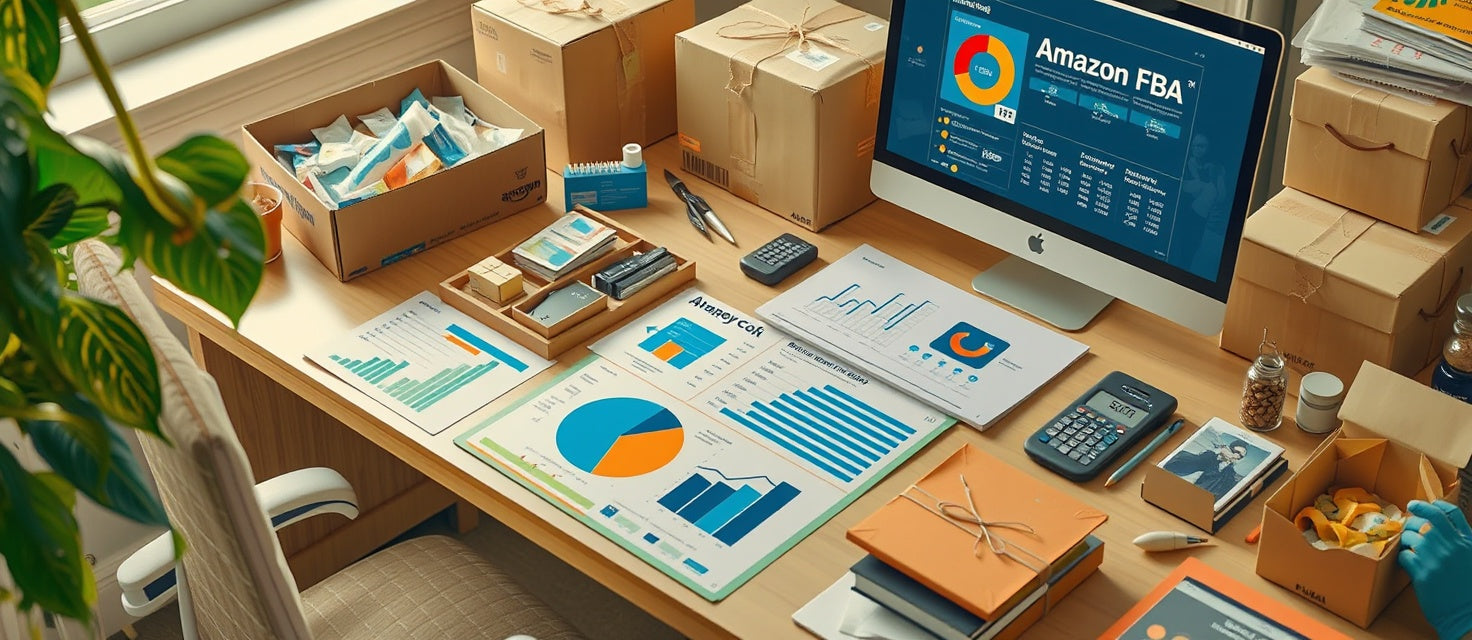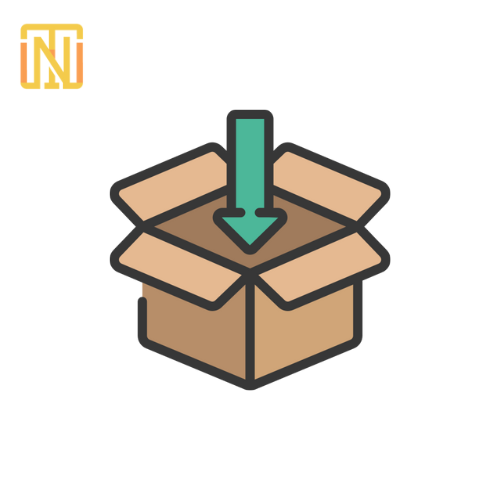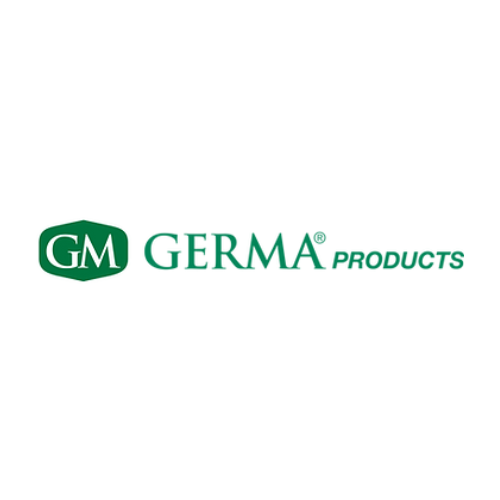
How Much Money Do You Need to Save to Start a Successful Amazon FBA Business?
Introduction
Dreaming of starting a Successful Amazon FBA Business but have no head or ideas as to the amount of money you will need in terms of savings? You’re not the only one! Because too many potential business people get discouraged by the lack of understanding of the true costs.
How much does product procurement cost, amazon seller central fees, and advertising services?
Is it possible to begin on a shoestring budget and scale up over time?
This manual will outline the basic costs associated with running the business and provide excellent advice on how to plan financially. At the end of this guide, you will be equipped with a practical strategy for commencing your Amazon FBA business without incurring excessive expenses.
Let’s do this!
The Concept of Amazon FBA and the Expenditure to be Incurred
Fulfillment by Amazon is a model developed by Amazon in which the company does the warehousing, packing, and transport of the goods to the ultimate consumer. You are supposed to ship your goods to Amazon’s fulfillment house, and any time an order is placed.
Amazon is the one to package and ship the items to the client. It removes a massive chunk of the logistical work from your shoulders, allowing you to concentrate on sourcing, marketing, and building your brand.
Pro Tip: Naturally, before you start, you should know the limitations that Amazon FBA imposes, as this varies with product size and category.
Cost-Breakdown to Launch a Successful Amazon FBA Business
Successful Amazon FBA Business: Budgeting and Financial Plan must be prepared as there are several costs, Some are ongoing while others are one-time expenses. Some of the specific areas of budget that you will have to consider include:
1. Costs of Product Sourcing:
- What to Expect: This will purchase most of your starting investment no doubt – you are going to purchase stock. Purchase only those items that are certain will find buyers in the market.
- Average Cost: It can take anything from $500 to $5,000 depending on the nature of the product, the supplier of purchase, and the order in units you will be making.
Pro Tip: On the first time selling, take a smaller quantity to avoid higher financial risk. Locate Suppliers with lower ordered units such as minimum order quantities.
2. Amazon Seller Fees:
- What to Expect: As an Amazon seller, you will be required to pay monthly subscriptions, referral charges (a percentage of every sale), and the cost of fulfilling storage and deliveries.
- Average Cost: Individual seller plan; $0.99 for every item monetized (no monthly charges)
- Professional seller plan; 39.99 per month paid and extra charges for every sale made (this is advisable for people who sell more than 40 items in a month).
Pro Tip: A professional seller plan is more favorable for people who sell more than 40 items per month.
3. Shipping and Importing Goods:
- What to Expect: You will incur the cost of shipping your goods from Amazon’s fulfillment center and this entails shipping cost, freight, and customs as well as import duties.
- Average Cost: The cost of freight and the distance coverage will mostly depend on the size and weight of your goods. Smaller items offered may attract regions between $200 and $2000.
Pro Tip: Using freight forwarders who specialize in Amazon FBA helps in cutting down costs on shipping as well as clearing customs.
4. Branding and Packaging
- What to Expect: It’s true that when they are branded and designed, the quality of the packaging of the products is high enough to make them noticeable. This includes labels, designs, and packaging materials and does not only focus on the outer box.
- Average Cost: Package design and development is estimated to take between one hundred to two thousand dollars, on the complex side of the package or if u pay someone or an agency to do the design job for you.
Pro Tip: Enhance Packaging To include eco-friendly ones to target customers who are inclined towards sustainable practices.
5. Marketing and Advertising:
- What to Expect: A marketing budget is crucial if you would like to attract more people to your website listings. In this case, we can talk about PPC ads on Amazon itself, social media marketing, working with influencers, and many other things.
- Average Cost: Monthly Amazon PPC costs may vary between $300 – $2000 depending on how difficult is the target product’s category.
Pro Tip: Use first a limited budget for PPC ads in the beginning and then increase it when you see that ROI is satisfactory.
6. Software and Tools:
- What to Expect: For the enhancement of your FBA business, certain equipment for product analysis, keyword appropriating, stock control, and report generation will be required.
- Average Cost: The budget for software applications should be in the range of $30 to $200 per month.
Pro Tip: Use free trials and begin with very basic software so that your initial cost is very low.
Total Estimated Costs for Starting a Successful Amazon FBA Business
Costs have been analyzed. Now it’s time to combine and total everything. In simple terms, the following is the estimated cost incurred in starting a Successful Amazon FBA Business expansively :
- Low Budget: $1,000 – $3,000-for instance, smaller product with less emphasis on marketing.
- Medium Budget: $5,000 – $ 10,000 for more inventory, establishing a brand, and finally promotions.
- High Budget: $10,000 – $ 20,000 more comprehensive stock in addition to effective brand marketing and many campaigns.
The amount that one needs to set aside for savings will vary from one business and product category to another.
If for example, you have a small niche in mind, you could go from there with a piece of budget between 1000 – 3000 dollars. Otherwise, if you are looking to make a lot of business with larger stocks or fighting in a more aggressive market, you will want to look forward to at least $5000 - $10,000 in savings.
Pro Tip: Start with an initial small investment and increase gradually depending on how the business grows and profit is realized.
Establishing Attainable Financial Objectives to Your Amazon FBA Business
When working to grow and expand your Successful Amazon FBA Business, it is very important to create realistic financial objectives that will help you monitor and control cash flow over a certain period.
- Initial investment: Set a little bit more than you would need for product cost and shipping or the first marketing activities.
- Breakeven Point: The aim is to appreciate the sales efforts within the first 3 to 6 months to break even on the investments made.
- Profit Margin Target: After the break-even has already been achieved, you can aim for a profit margin of 15% to 30%.
Pro Tip: Give yourself some time for your returns. The big money is made in due time, and once more, it takes a little time to start with your new Amazon FBA business.
Strategies for Minimizing Start-up Expenditures
Setting up a Profitable Amazon FBA Business need not be an expensive affair. Highlights are provided to help you cut down on your startup expenses.
- Buy in smaller quantities: This lowers the front-end cost of inventory and enables easy proper marketing adjustment, especially in dynamic markets.
- Use Amazon's Small and Light Program: Which offers a way to save on fulfillment costs for light and small items.
- Consider private labeling: It is cheaper and has better profit margins for your products when you have your brand to sell.
Use Pro Tip: They also help cut the cost of some shipping and packaging supplies by seeking out their offers and discounts.
Key Strategies to Maximize Return on Investment
Once you've been able to save and set up an operational Amazon FBA Business that has successfully taken off, the next task would be figuring out ways of making the most out of your investment. Here are some ways:
- Optimize Product Listings: Come up with product titles, descriptions, and images that, make it easy to convert a visitor to a buyer.
- Use Amazon PPC: To create increased traffic and, subsequently, boost sales for your product, consider making use of Amazon PPC.
- Customer Reviews: Ensure that more reviews are positive so again request satisfied customers to review the product in question.
Pro Tip: Experiment with different keywords and ad techniques to see which one is most effective for promoting your product.
Assessing the Expenses of the Business Over Time and Expanding the Scope of its Activities
When it becomes smooth and operational, shift your focus to expanding its capabilities. You will still have operational costs. However, growth is all about ‘what to do’ with the profits earned.
- Reinvest in Inventory: There will come a time when more products and services will be sold. At that point, use the earnings from those sales to increase reserve stocks and keep them at desired levels.
- OUTSOURCE TASKS: As the company matures, it will be advisable to commence outsourcing functions such as customer service, marketing, and accounting to enhance efficiency.
Pro Tip: Do not pursue excessive growth and keep very little stock - for obvious reasons, there will be difficulties in cash flow, therefore grow at an appropriate level.
Conclusion
Starting a Successful Amazon FBA Business is both thrilling and rewarding; however, it is likewise true that one cannot do without the appropriate financial organization. Ensuring that you have sufficient funds to meet the initial costs, comprehension of your outflows, and tactically distributing your funds prepare you for the success that is to come.
In this guide, we will help you understand all the costs that are involved when starting an Amazon FBA business. This includes costs of manufacturing and costs of sales promotion. These steps and tips can instill more faith in you as you progress toward building an accomplished Amazon FBA business.
Always monitor your cash flow, make changes to your plans when necessary, and keep your mind open to the complexities of doing business on Amazon.
FAQs:
1. How should one prepare for an Amazon FBA business in terms of finances?
This of course depends on the product and the scale but may usually fall anywhere between $1,000 to $20,000.
2. Is it possible for an individual to start an FBA business on Amazon with limited funds?
Yes, you can. To begin with, you may opt for inexpensive goods and concentrate on organic growth.
3. How soon they start making profits using FBA on Amazon?
Most sellers manage to recoup their initial investment in around 3 to 6 months and begin to make a profit then.
4. Am I required to recruit a workforce to run an Amazon FBA business?
It's not necessary to start hiring employees. In the beginning, you can handle everything by yourself, but as the business expands, it is possible to delegate such functions as marketing and customer care.
5. How is it possible to expand an Amazon FBA operation?
Expand by putting back the earnings into stocks, improving the listings, and doing some Amazon promotions.




